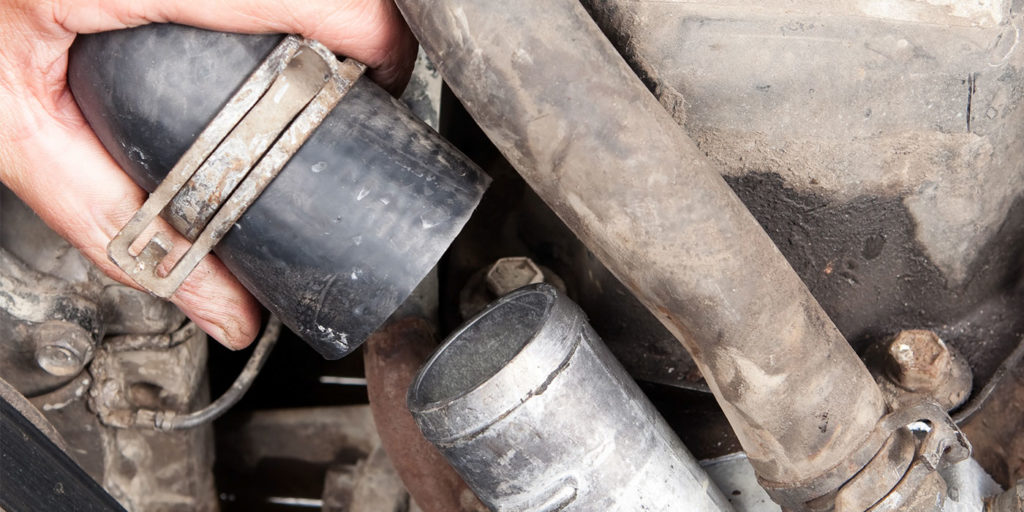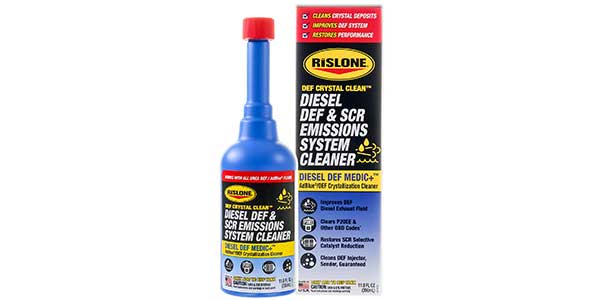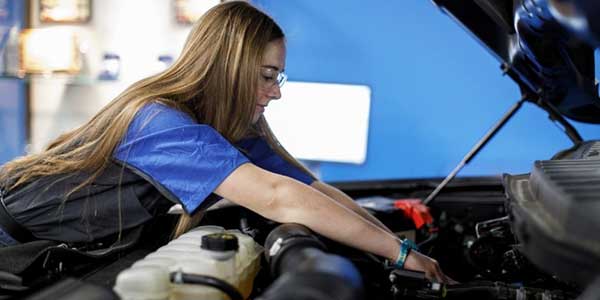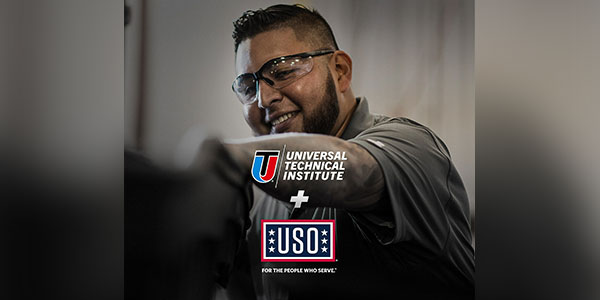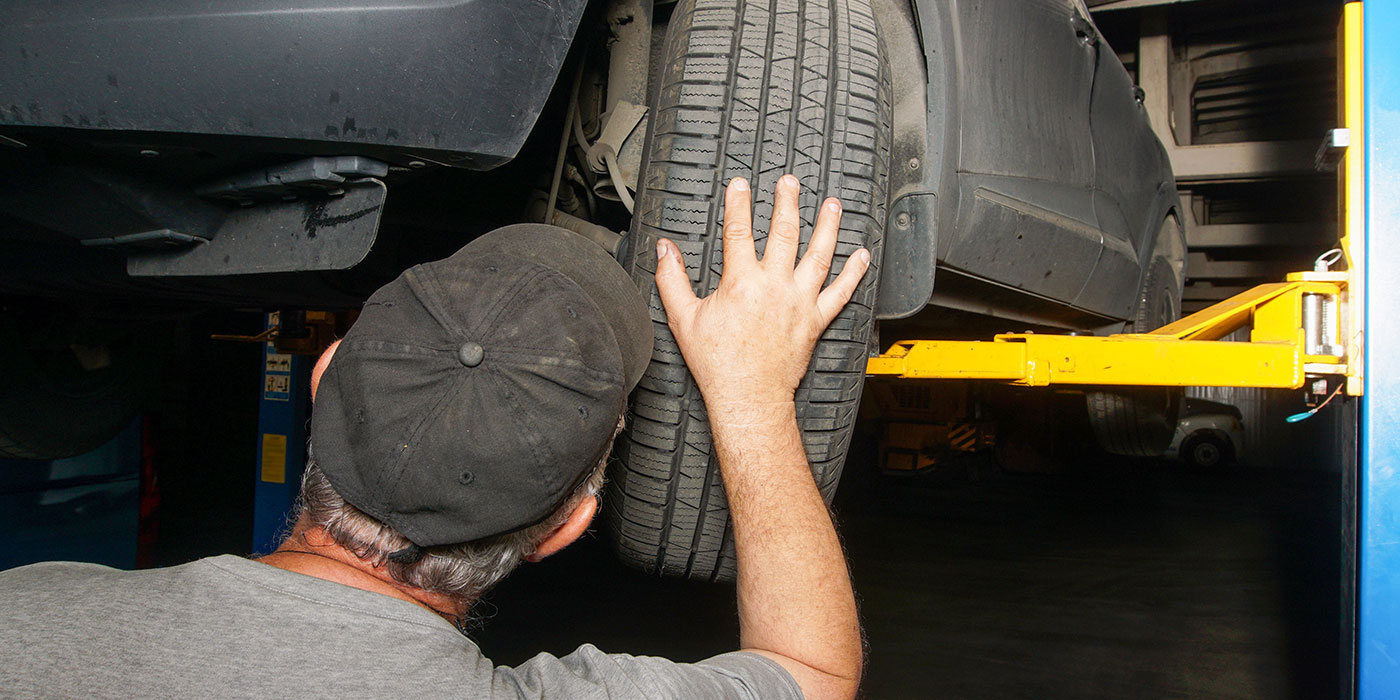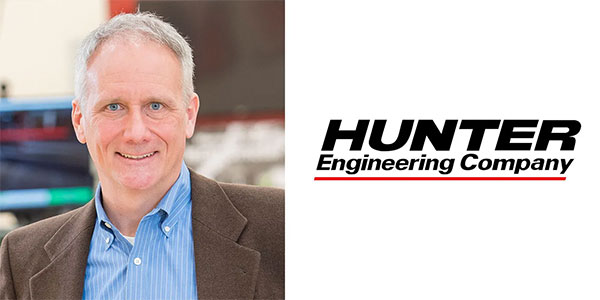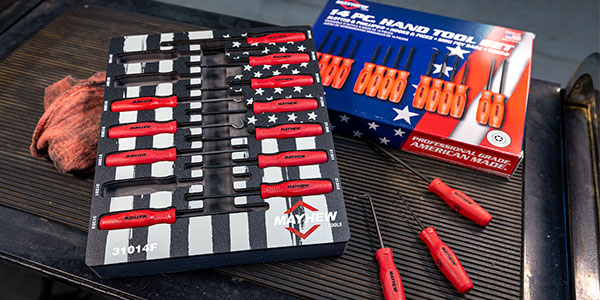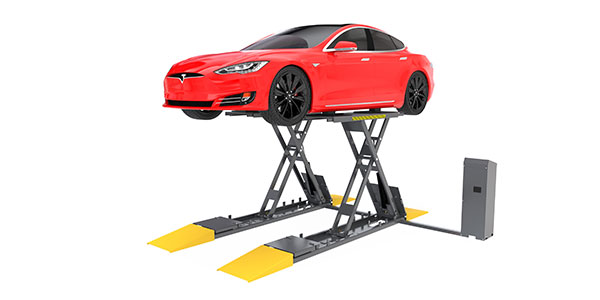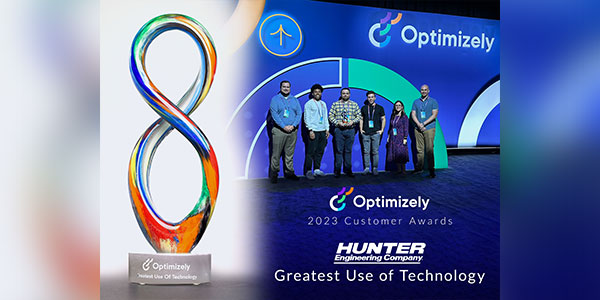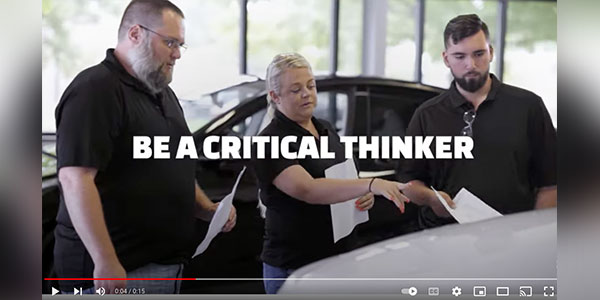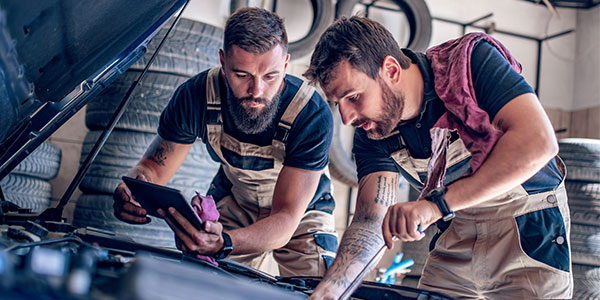The majority of hoses on a vehicle will fail from the inside out. The minority of hoses will fail due to external damage that can be caused by bad motor mounts or being too close to hot components. Most of these failures take tens of thousands of miles and many heat cycles to occur.
Recognizing the conditions that can cause a failure and the visual clues is vital in preventing a catastrophic failure.
What Are Hoses Made Of?
Hoses are made of natural rubber, neoprene and other synthetic materials like silicone. Hoses are built in layers, so the inner surface is compatible with the fluid and the outer layers can survive where the hose is mounted. In addition, layers of fabric give the hose structure so it can contain the fluid without the hose blowing up like a balloon.
All of these materials deteriorate with exposure to heat. Better materials will be more resistant to heat and the condition of the fluids they transfer. How the layers are engineered will also determine if it can stand up to repeated heat cycles.
How Do Hoses Fail?
Like the arteries in your heart, a hose can become hard and brittle. Tiny cracks and striations develop in the inner liner, which eventually cause the hose to split, blister or leak. The leading cause of this type of failure is the quality of the fluid.
Most fluids in a vehicle have additives that prevent oxidation and comprise the pH of the fluid. When any fluid breaks down, the inner liner of the hose is vulnerable to damage. This type of damage can cause the liner to erode and degrade. In the case of a power steering or transmission lines, small chunks can break free and cause damage to other components like power steering pumps and the transmission valve body.
Regarding coolant hoses, electrical current can cause damage to the inside. Today’s multi-material engines with cast iron, aluminum and plastic can create conditions that set up an electrical current in the coolant. With the different metals, the engine, radiator and heater core act like a battery. As the hose and coolant degrade, the inside surface of the hose becomes a conductor, which causes the layers to erode and weaken. This is called electrochemical degradation (ECD).
SAE test J1864 is designed to test hoses for their resilience to this type of damage. The J1864 test uses a length of hose with a 50/50 coolant mixture and applies 12 volts to the hose with the positive and negative connections on either end. The assembly is then put in an oven for 168 hours. When the test is complete, the hose is cut 45mm from the end, and the damage is measured by counting the cracks.
ECD deterioration can sometimes be identified by pinching the hose near each end with your thumb and fingers. If you feel “ridges” or “voids” inside the hose, it needs to be replaced. But, even this type of inspection may not catch all of the bad hoses that are out there.
Fuel hose can fail due to age, oxidation and, worst of all, permeation. Gasoline can permeate the layers of a fuel hose and release fuel vapors. Over time, the fuel hose will start to break down, crack and leak. You may see this on older vehicles. Also, there has been speculation that ethanol may contribute to fuel line failure. There is low permeation fuel hose available that meets SAE 30R9 requirements.
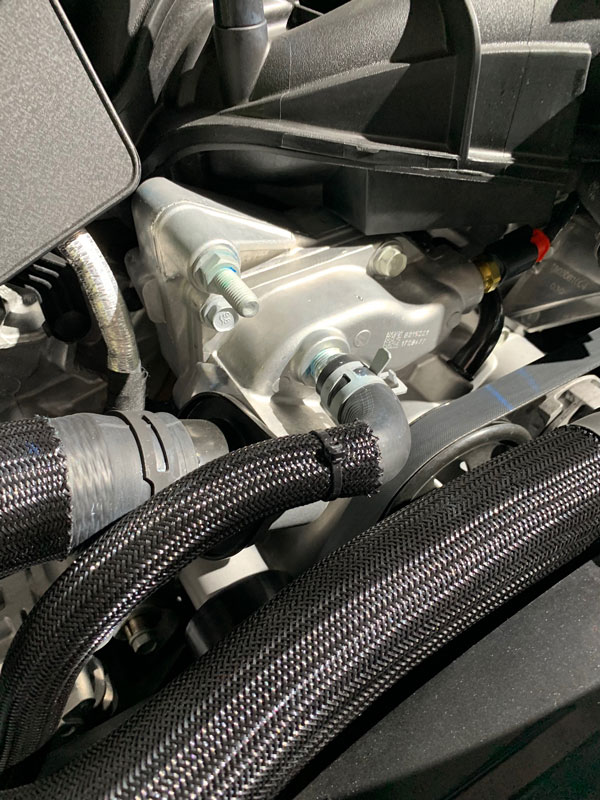
Hose Replacement
Regardless of the fluid, replacement hose must be the same type, size and length as the original. Trying to cobble together and route a straight hose instead of buying a molded hose for an application may result in a failure.
If a coolant hose does not seem to fit correctly, try switching it end for end. The inside diameters of the ends may be different depending on the application. Molded hoses are designed to fit one way. Never pry a hose loose with a screwdriver or similar tool. Doing so can crush or damage the pipe connections on the heater core or radiator, creating a potential leak path. It can also damage the internal layers on the hose.
Power steering hoses come in two varieties: low-pressure hose for the return line and high-pressure hose for the supply side. Using the right hose is critical. Flushing the power steering pump, hose and steering gear is also recommended after hose replacement if the old hose was flaking internally.
For fuel lines, make sure you are using the correct line SAE specification. Hose manufacturers typically print right on the hose. These numbers relate to pressure rating, compatible fuels and if it can be used under the hood.
When replacing fuel lines, never replace metal lines with hoses. This is not only for safety, but due to permeation, you are allowing fuel to escape into the environment.
Hose Clamps
Hose clamps can be one of the most controversial subjects among technicians. Some hate the spring clamps that come on the vehicle from the factory. But, for applications like large coolant hoses, they are a better choice over screw clamps. Why? Spring clamps always keep tension on the hose. Screw-type clamps can generate tension only by compressing the soft hose.
Screw-type hose clamps can be used for some smaller hoses that are under lower pressure. But, for fuel injection lines, use a screw clamp that is designed for higher pressures. These clamps have a “rolled edge” that will not damage the hose.
This article is published courtesy of ImportCar.

